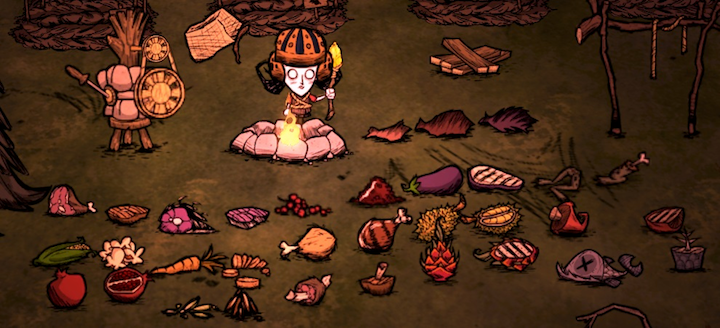Last week The Evil Within released, a game I had some high expectations for the title, given that the design team design team includes the self-proclaimed “father of survival horror”, Shinji Mikami. However, while the game seems to tick off all the boxes (creepy hospital- check! Stoic, jaded hero- check! Zombies- check! Ridiculously metaphoric save system-check!). I really can’t give this game much more than a solid “meh”.
There are a couple mechanical/design features that really trip this game up. Of course, we have to mention the frame rate and letterbox issue first. The game is displayed in a 2.5:1 aspect ratio, which means that a significant portion of your screen is nothing more than a black letterbox. I get that the designers probably felt like this made the game feel more cinematic, but when you couple this limiting view with a character who takes up a good third of the screen when he crouches, it’s a problem. I felt like I was squinting my eyes through most of the play through, and instead of appreciating the cinematic nature of the screen I found myself constantly frustrated by it. The Evil Within also natively locks your framerate at 30 fps. I’ll be honest here and own up to the fact that I don’t notice a huge difference, but my co- pilot during definitely comment that it didn’t seem as smooth as other games we’ve played.
A bigger issue, however, is the unfortunate combination of murky level design, sneak/steal sections, and chase scenes. While you transverse a wide variety of locations, everything from the confines of a dilapidated hospital to the apparent openness random fields and wilderness, everything seems to have borrowed that greenish-brown wash used all over Fallout 3. Of course, given the game genre it’s not surprising to me that everything is gritty, dark, and murky, but when combined with sections of the game that both ask you to sneak past creatures to find the one accessible exit from an area AND escape at top speed from a chase sequence, the bland murkiness of everything becomes a design issue. In many places I felt like if even one of those elements were changed: if the game were murky and I was being chased, but didn’t have to sneak; if I had to both sneak at times and be chased, but the game used more visual cues and environmental signaling; or if the game were murky and I had to sneak, but I didn’t also have to deal with extended chase sequences- any of these situations would be better.
Evil Within also clearly got the memo that some resources should be scarce in a survival horror game, but in my opinion it took that logic a little too far. The game does have a tendency to put you in situations where you have to fight your way out, or through boss fights that require ridiculous amounts of ammo at you. In my play though I found fewer options to sneak past enemies than I had expected, meaning that I spent a good bit of time trying to either use the sneak take-down, or using the worst and most exaggerated punching action I think I’ve ever seen in a game. Designing the game in such a way that it tells the player repeatedly: “surprise! Do this encounter with no ammo!” is not the same as building a game that uses suspense and combat avoidance to build tension.
I suppose if you’re a big horror fan you might check out Evil Within. I’ll probably finish it, just because I want to see it through to the end. But I’d have a hard time recommending this to any but the most die-hard of horror fans, and even then I’d wait for a sale.




